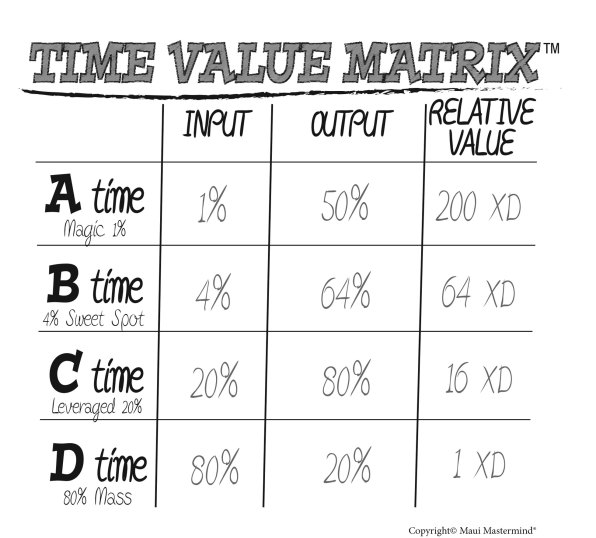“Everything that exists is in a manner the seed of that which will be.” – Marcus Aurelius Seeds are curious things – small, innocuous . […]
The Art of Applying STEM: Why STEAM Matters
Intentionality of design is an important component of any successful project. It means understanding the customers’ needs to ensure the final product meets, or exceeds, […]
Share this:
- Click to share on LinkedIn (Opens in new window)
- Click to share on Facebook (Opens in new window)
- Click to share on Twitter (Opens in new window)
- Click to share on Pinterest (Opens in new window)
- Click to share on Tumblr (Opens in new window)
- Click to share on Reddit (Opens in new window)
- Click to email a link to a friend (Opens in new window)
- Click to print (Opens in new window)
The Great Turkey Rebellion: A Tale of Strategy and Complex Change
The turkeys gathered by the light of the moon to conspire against the farmer, who was preparing to satisfy the needs of holiday dinner-parties throughout […]
Share this:
- Click to share on LinkedIn (Opens in new window)
- Click to share on Facebook (Opens in new window)
- Click to share on Twitter (Opens in new window)
- Click to share on Pinterest (Opens in new window)
- Click to share on Tumblr (Opens in new window)
- Click to share on Reddit (Opens in new window)
- Click to email a link to a friend (Opens in new window)
- Click to print (Opens in new window)
Confrontation From A Fruit Fly’s Perspective
“Time flies like an arrow, fruit flies like a banana.” Groucho Marx There are over 5,000 species of fruit fly in the tephritidae family, each […]
Share this:
- Click to share on LinkedIn (Opens in new window)
- Click to share on Facebook (Opens in new window)
- Click to share on Twitter (Opens in new window)
- Click to share on Pinterest (Opens in new window)
- Click to share on Tumblr (Opens in new window)
- Click to share on Reddit (Opens in new window)
- Click to email a link to a friend (Opens in new window)
- Click to print (Opens in new window)
Thank You For Your Service
See on Scoop.it – Living Leadership This is one of most honored posts I’ve ever ever hosted. Lt. Col. Matthew Fritz is Director, Commander’s Action Group of […]
Share this:
- Click to share on LinkedIn (Opens in new window)
- Click to share on Facebook (Opens in new window)
- Click to share on Twitter (Opens in new window)
- Click to share on Pinterest (Opens in new window)
- Click to share on Tumblr (Opens in new window)
- Click to share on Reddit (Opens in new window)
- Click to email a link to a friend (Opens in new window)
- Click to print (Opens in new window)
Emotional Intelligence
Emotional Intelligence is the hottest leadership catch phrase, but what does it actually mean? At its core, emotional intelligence, or EQ, is a set of […]
Share this:
- Click to share on LinkedIn (Opens in new window)
- Click to share on Facebook (Opens in new window)
- Click to share on Twitter (Opens in new window)
- Click to share on Pinterest (Opens in new window)
- Click to share on Tumblr (Opens in new window)
- Click to share on Reddit (Opens in new window)
- Click to email a link to a friend (Opens in new window)
- Click to print (Opens in new window)
Neuroscience Confirms We Buy on Emotion & Justify with Logic & yet We Sell to Mr. Rational & Ignore Mr. Intuitive
Harvard Business School professor Gerald Zaltman[i] says that 95% of our purchase decision making takes place subconsciously (aka System 1).[ii] Despite widespread agreement amongst neuroscientists […]
Share this:
- Click to share on LinkedIn (Opens in new window)
- Click to share on Facebook (Opens in new window)
- Click to share on Twitter (Opens in new window)
- Click to share on Pinterest (Opens in new window)
- Click to share on Tumblr (Opens in new window)
- Click to share on Reddit (Opens in new window)
- Click to email a link to a friend (Opens in new window)
- Click to print (Opens in new window)
Hiring Veterans Is Easy. Keeping Them Is Hard
After a collective push to hire more than a million U.S. military veterans in recent years, business is wrestling with a new challenge: holding on […]
Share this:
- Click to share on LinkedIn (Opens in new window)
- Click to share on Facebook (Opens in new window)
- Click to share on Twitter (Opens in new window)
- Click to share on Pinterest (Opens in new window)
- Click to share on Tumblr (Opens in new window)
- Click to share on Reddit (Opens in new window)
- Click to email a link to a friend (Opens in new window)
- Click to print (Opens in new window)
Are You Missing Half of the Change Equation?
All types of organizations give change top priority, but studies consistently show between 50-70% of change efforts fail. It doesn’t bode well for organizational ambitions […]
Share this:
- Click to share on LinkedIn (Opens in new window)
- Click to share on Facebook (Opens in new window)
- Click to share on Twitter (Opens in new window)
- Click to share on Pinterest (Opens in new window)
- Click to share on Tumblr (Opens in new window)
- Click to share on Reddit (Opens in new window)
- Click to email a link to a friend (Opens in new window)
- Click to print (Opens in new window)
Beyond The 80/20 Rule: This Formula Might Make You Rethink Time Management
Kim ran a successful professional services firm with a staff of 28 and clients in a dozen states. But when she shared her 2017 goals […]
Share this:
- Click to share on LinkedIn (Opens in new window)
- Click to share on Facebook (Opens in new window)
- Click to share on Twitter (Opens in new window)
- Click to share on Pinterest (Opens in new window)
- Click to share on Tumblr (Opens in new window)
- Click to share on Reddit (Opens in new window)
- Click to email a link to a friend (Opens in new window)
- Click to print (Opens in new window)





